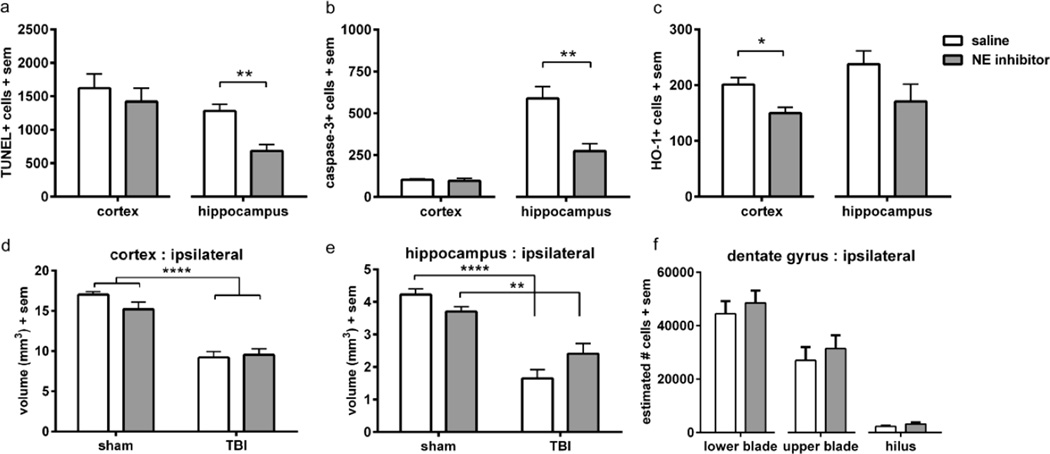Figure 5. Treatment with the NE inhibitor is acutely neuroprotective, but does not alter long-term neuroanatomical outcomes.
NE inhibitor or saline-vehicle was administered i.p. at 2, 6 and 12 h post-injury, for analysis at 24 h (n=5/group). Cell death assessed by TUNEL (a) was unchanged in the injured cortex but reduced in the injured hippocampus of NE inhibitor-treated mice compared to vehicle-treated controls (t-test *p<0.01). Caspase-3 immuno-staining (b) confirmed this region-specific effect, with a reduction in apoptotic cells in the hippocampus of NE inhibitor-treated mice compared to saline controls (t-test **p<0.01). In contrast, HO-1+ cells (c) were significantly reduced in the cortex of NE inhibitor-treated mice compared to vehicle, but not different in the hippocampus (t-test *p<0.05). Two months post-injury, the volume of intact ipsilateral dorsal cortex (d) was reduced in brain-injured mice compared to sham controls (2-way ANOVA effect of injury ****p<0.0001), but comparable in mice treated acutely with either saline-vehicle or the NE inhibitor. Likewise, the ipsilateral hippocampal volume differed between sham and injured mice but not saline and NE inhibitor-treated (2-way ANOVA interaction p=0.0135; ****p<0.0001 and **p<0.01 from multiple comparison analyses). Likewise, surviving neurons in the ipsilateral DG were similar regardless of drug treatment (f; t-tests n.s.). n=9–10/group. Abbreviations: HO-1 = heme-oxygenase 1; TUNEL = terminal deoxynucleotidyl transferase-mediated dUTP nick 3’-end labeling.

